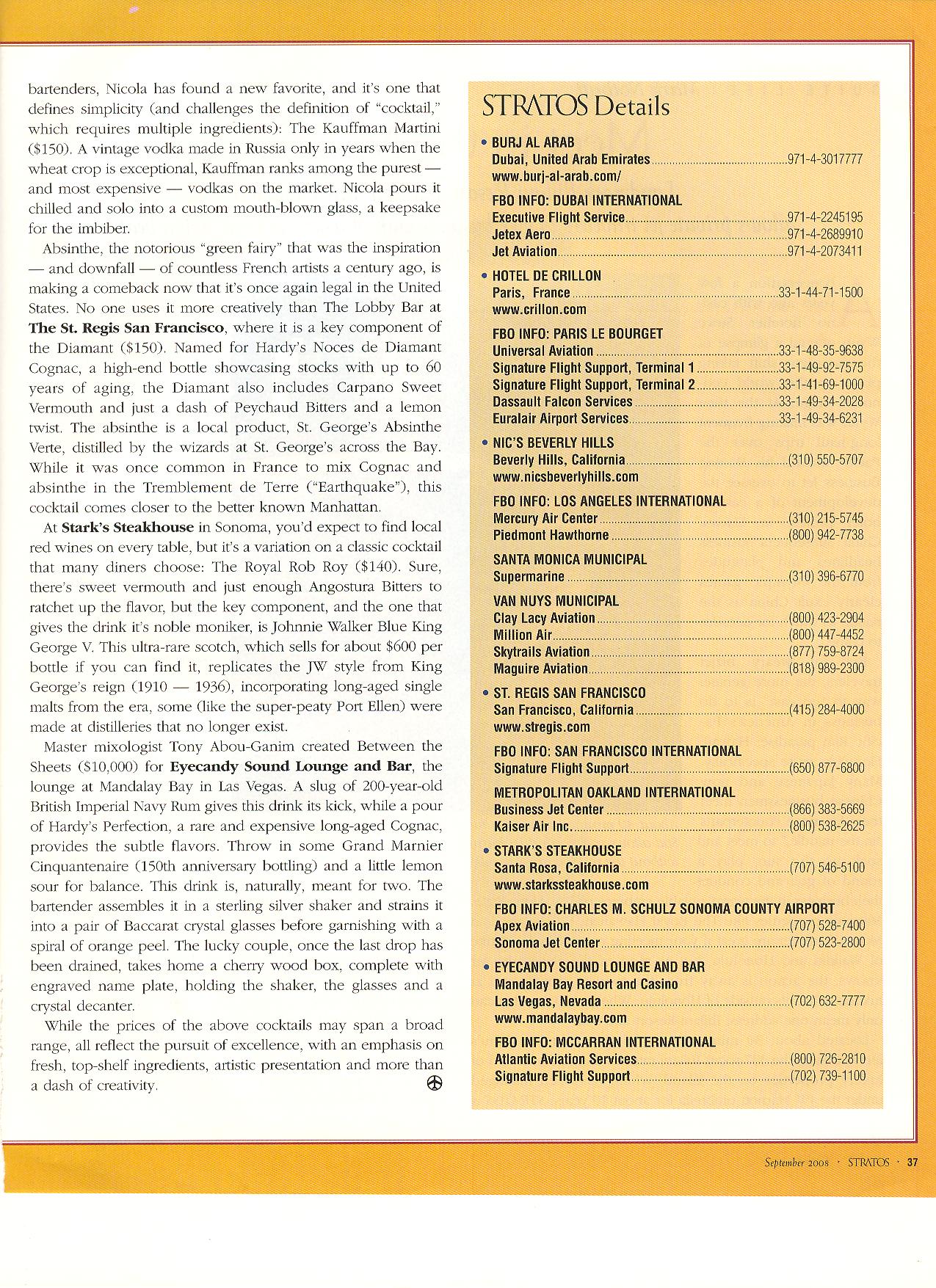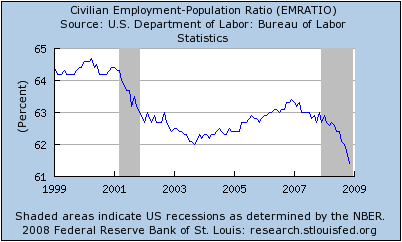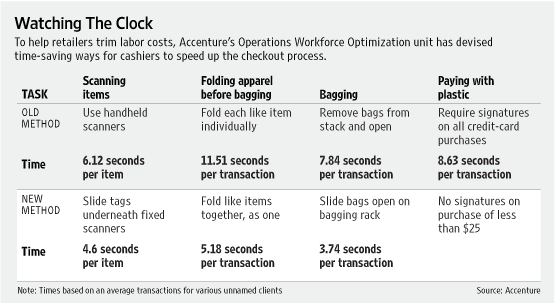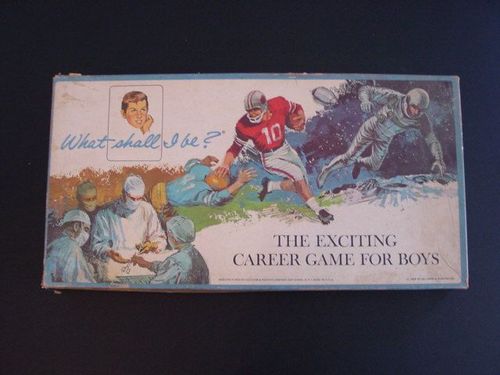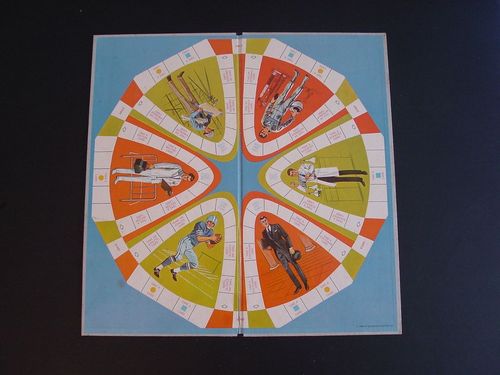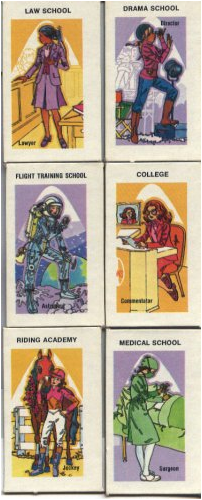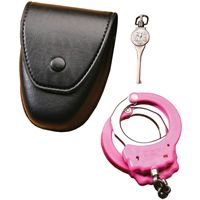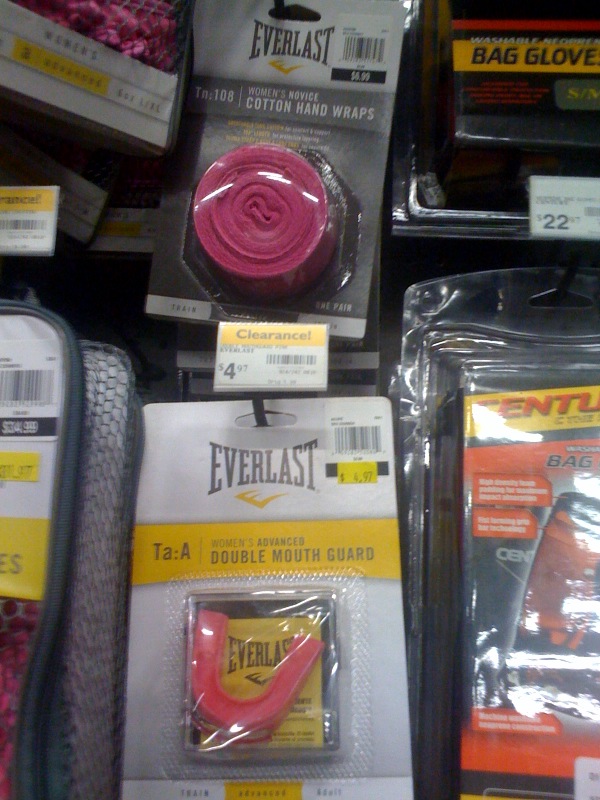A Daily Mail story reports that women lawyers are being told by “image consultants’ that to appear “professional” they should enhance their femininity by wearing skirts and stilettos, but avoid drawing attention to their breasts. Thoughts about the word “professional” after the screenshot (thanks to Jason S. for the link):
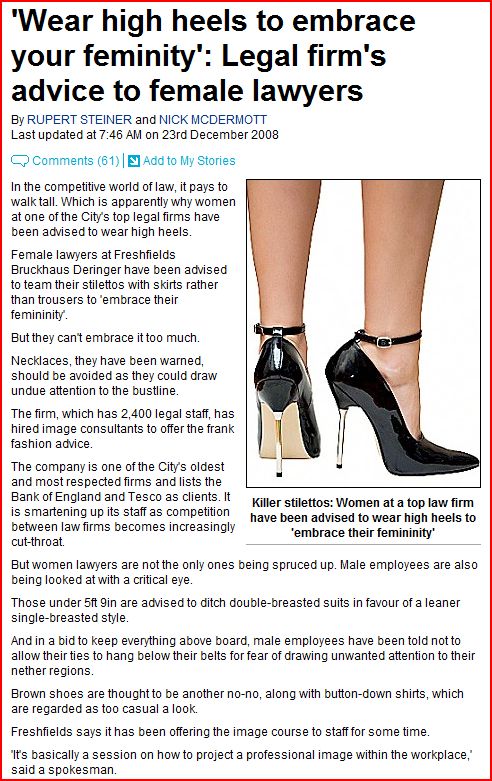
A spokesman for the company doling out this advice says that it’s about being “professional.” This is a great term to take apart. What do we really mean when we say “professional”?
How much of it has to do with proper gender display or even, in masculinized workplaces, simply masculine display?
How much of it has to do with whiteness? Are afros and corn rows unprofessional? Is speaking Spanish? Why or why not?
How much of it has to do with appearing attractive, heterosexual, monogamous, and, you know, not one of those “unAmerican” religions?
For that matter, how much of it has to do with pretending like your work is your life, you are devoted to the employer, and your co-workers are like family (anyone play Secret Santa at work this year)?
What do we really mean when we say “professional”? How does this word get used to coerce people into upholding normative expectations that center certain kinds of people and marginalize others?


